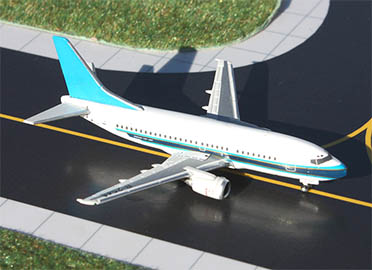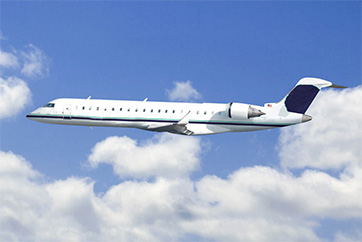System Safety of Civil Aircraft Systems
In commercial aerospace, system safety is governed by the following aerospace recommended practices:
- ARP4754A – Guidelines for the Development of Civil Aircraft and Systems
- ARP4761 – Guidelines and methods for conducting the Safety Assessment process on Civil Airborne Systems and Equipment
Introduction: Parnassus’ system safety engineers play a vital role in safeguarding the safety and reliability of aerospace systems, including aircraft, spacecraft, and unmanned aerial vehicles (UAVs). By employing advanced engineering practices and thorough risk assessment techniques, our trained professionals identify potential hazards and mitigate risks throughout the entire lifecycle of these complex systems.
Key Responsibilities: Parnassus system safety engineers are responsible for a range of critical tasks, including:
- Risk Assessment: Conducting comprehensive risk assessments to identify potential hazards and risks associated with aerospace systems. Through meticulous analysis of system components and interfaces, we determine potential failure modes and evaluate their impact on safety.
- Safety Analysis: Performing safety analyses using techniques such as fault tree analysis, failure mode and effects analysis (FMEA), and hazard analysis. By assessing the likelihood of critical failure scenarios and their potential consequences, we develop effective safety measures.
- Safety Requirements: Establishing safety requirements and standards for aerospace systems, considering regulatory guidelines, industry best practices, and customer specifications. We ensure that the design, development, and manufacturing processes comply with these safety standards.
- Safety Verification and Validation: Participating in verification and validation activities to ensure compliance with safety requirements. We review system designs, conduct inspections and audits, and perform tests to validate the implementation of safety measures.
- Safety Documentation: Creating and maintaining safety documentation, including safety plans, hazard reports, and safety assessment reports, etc. These documents outline identified hazards, associated risks, and proposed mitigations to support decision-making and communicate safety information to stakeholders.
- Safety Management: Collaborating with multidisciplinary teams to integrate safety considerations into the entire lifecycle of aerospace systems. We provide guidance and recommendations, helping manage safety risks during development, production, and operation.
- Incident Investigation: Playing a crucial role in investigating accidents, incidents, or near-misses. By analyzing causes and failures, we identify corrective actions to prevent future occurrences and contribute to the continuous improvement of safety practices.
- Regulatory Compliance: Parnassus maintains subject matter expertise, awareness and knowledge of industry standards, regulations, and guidelines issued by regulatory authorities. We ensure that aerospace systems adhere to these requirements and assist in obtaining necessary certifications.
Conclusion: Parnassus is indispensable in ensuring the safe and reliable operation of aerospace systems. Our expertise in engineering principles, safety analysis techniques, and regulatory frameworks enables us to identify and mitigate potential risks, enhancing the overall safety of aerospace operations. By prioritizing safety throughout the system lifecycle, Parnassus contributes to the advancement and sustainability of the aerospace industry.


